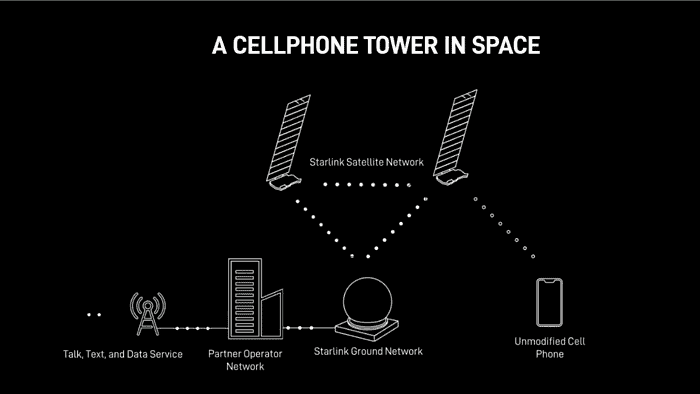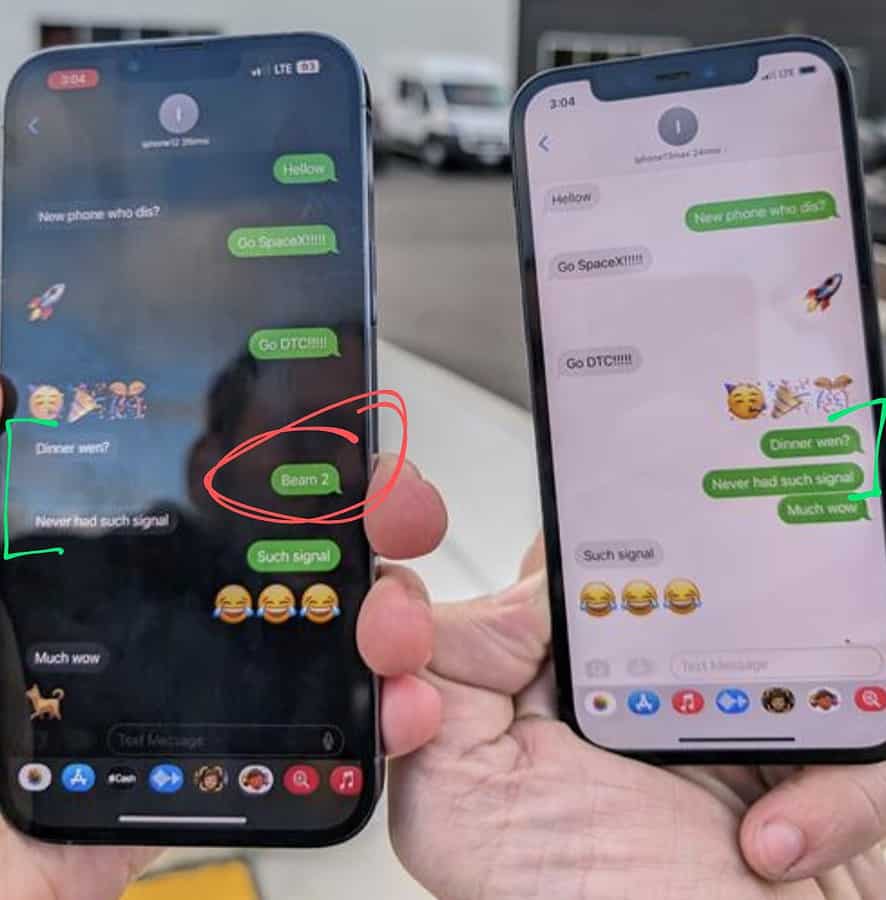SpaceX's Starlink conducts a successful text message test using new Direct-to-Cell satellites
2 min. read
Published on
Read our disclosure page to find out how can you help MSPoweruser sustain the editorial team Read more

On January 8th, SpaceX’s Starlink project achieved a notable milestone in its efforts to expand mobile phone coverage through satellite technology. The company successfully sent and received text messages via one of its new Direct-to-Cell satellites. You can read more about this project here.
Connecting mobile phones to satellites presents unique challenges compared to traditional terrestrial networks. Satellites move at high speeds relative to users on Earth, necessitating seamless handoffs between orbiting units and adjustments for factors like Doppler shift and timing delays. Additionally, mobile phones have relatively weak antennas and transmit power, making it difficult to connect with distant satellites.
Starlink’s Direct-to-Cell satellites have been equipped with several key advancements to tackle these challenges. Starlink’s Direct-to-Cell satellites have custom silicon, phased array antennas, and advanced software algorithms to enhance signal strength, optimize communication, and ensure smooth and reliable communication.
However, not everything went smoothly with SpaceX’s messaging service. Although SpaceX shared the screenshots of the messages, it appears all messages were delivered and received except for one that couldn’t be delivered. It’s commendable of SpaceX to inform people about the service’s imperfection. Still, given that this was the first test, it’s remarkable.

The company plans to launch hundreds of additional satellites in the coming months, potentially enabling text service across the globe as early as 2024. Voice, data, and Internet of Things (IoT) services will follow in 2025.
More here.








User forum
0 messages